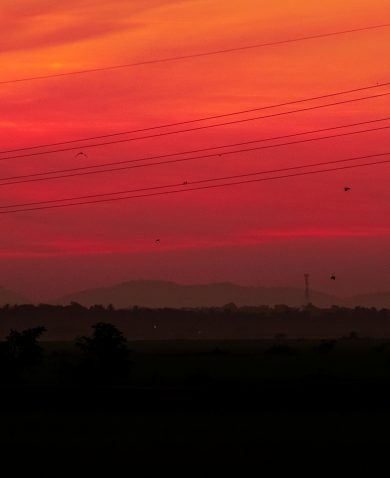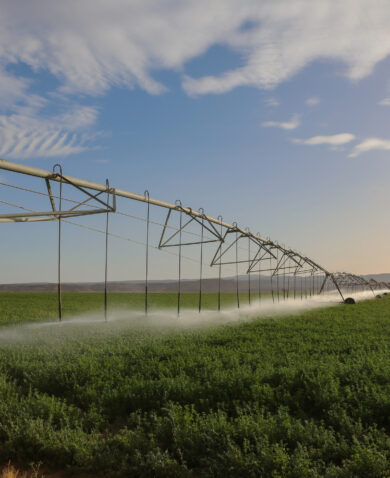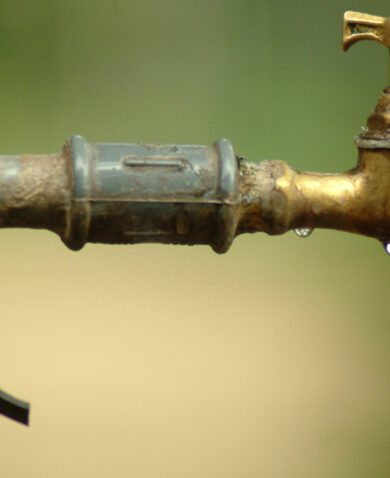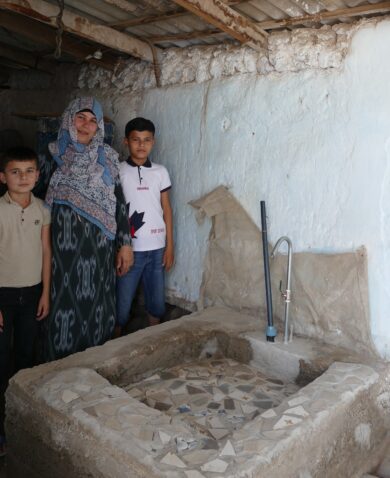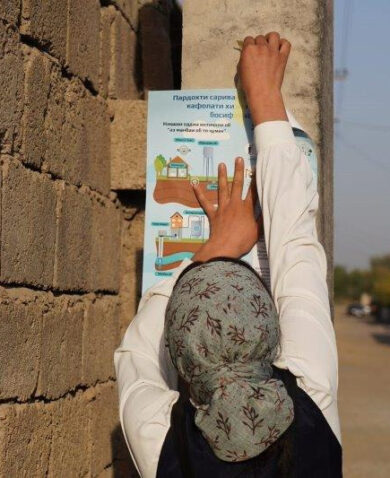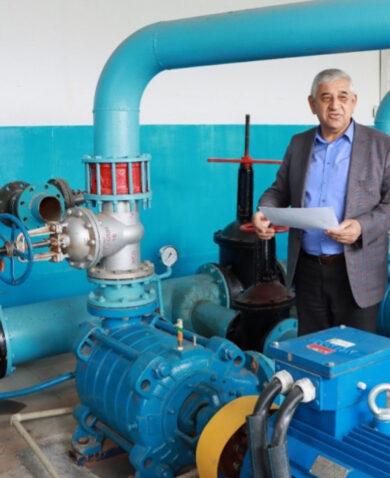The key, therefore, is to develop and apply strategies to build system resilience that can withstand the challenges to the social, ecological, and economic health of cities and their municipal water systems. Here are four recommendations to build urban resilience to water stress:
1. Start planning now. Increased populations will continue to stress service delivery systems and infrastructure. Cities should adopt proactive planning mechanisms to project population growth and urbanization patterns. For example, urban planners can use population and census data and geographic information systems to map growth projections, assess risk to infrastructure and services, and identify vulnerable hotspots. By incorporating climate data and smart planning, planners can build integrated and efficient systems which can adapt to extreme weather events and challenges associated with increased population density or urban sprawl. Without early and integrated planning, cities will be forced to retrofit or piece together solutions that offer only temporary relief.
2. Improve municipal finance and governance. Perhaps the biggest challenge cities face is paying for infrastructure and service delivery. Urban water services are costly, yet utilities around the world do not collect the revenues required to maintain — let alone expand — municipal water services. Low revenues are often due to physical losses within the water network or administrative failures, such as poor metering, billing errors, and nonpayment. Water utilities can reduce losses by enhancing customer data management and billing systems, and introducing new methods to ease payment of household bills and registration for water connections. Indeed, willingness to pay for water and sanitation services can be improved by creating new incentives in the form of improved low-cost services. It is important that service providers adopt innovative, alternative, and emerging methods to support greater resilience of the system and improved benefits to users. By improving governance of water services, cities can leverage innovative financing and donor-funded guarantees for private investment to finance the rehabilitation or expansion of municipal water networks, water, and sanitation treatment facilities. This will open the door for innovations like permeable pavements to manage storm-water runoff, and other low-cost but high-impact interventions for healthier ecosystems.
3. Invest in upstream and downstream ecosystems. It is important to situate challenges facing urban water systems within broader responses to climate change and improved governance of ecosystem services. Take the case of New York City, whose municipal water supply comes from three major watersheds in upstate New York over 125 miles away — which increases the susceptibility of the system to short and long-term climate stressors. To ensure the resilience of their water supply, New York City has invested more than $1.7 billion to support the restoration, management, and conservation of the upstream river basins. While not all cities have this capital available, the lesson is an important one. By supporting the conservation and health of freshwater ecosystems, cities can help to sustain their own supply line. This includes integrated planning and solutions, such as restoration of wetlands and riparian zones as well as improved and enforced agriculture and farming practices.
4. Prioritize community engagement for inclusive development. The best systems are designed with the end user in mind. Water and sanitation are no exception. Participatory planning is an essential component to ensure that the ways that people access, use, and value water are incorporated in policies and practices. Engaging stakeholders through both formal and informal platforms will help planners capture the breadth of challenges and support inclusive development of solutions. Human-centered design, for example, increases customer engagement and can lead to higher revenues for urban systems. These platforms provide a forum for industry, government, and agriculture, as well as under-represented populations, such as women, youth, indigenous populations, or migrants. Further, it will support improved integration of upstream and downstream considerations, identification of mismatched priorities across temporal and spatial scales, and highlight opportunities for synergies. Although it requires a significant investment, this meaningful engagement ultimately builds a system that is more transparent, accountable, and equitable.
Achieving universal and equitable access to drinking water, sanitation, and hygiene, while improving ecosystem resilience will be one of the greatest development challenges in the coming years. These recommendations outline a few of the ways in which cities can build more nimble systems to meet increased demand while preserving the ecosystems vital to sustaining this essential resource.











